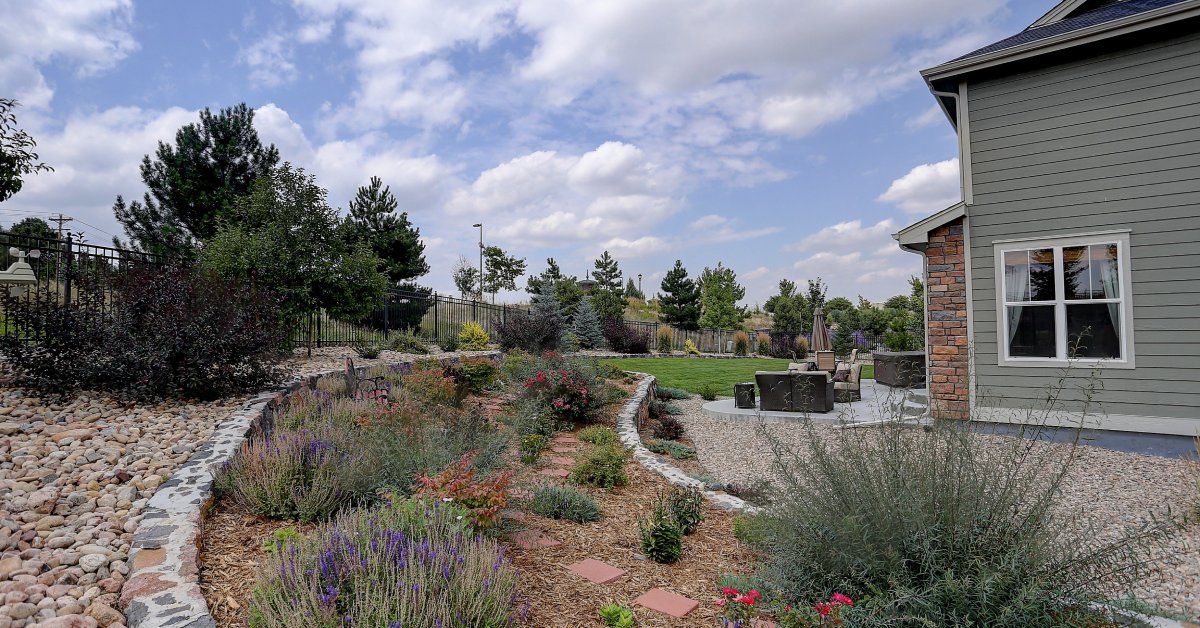The Benefits of Investing in Drought-Resistant Plants

Water restrictions, rising utility bills, and increasingly unpredictable weather patterns are transforming how homeowners approach landscaping. Smart gardeners recognize that drought-resistant plants offer more than just survival during dry spells—they deliver exceptional value that extends far beyond water conservation.
These resilient plants provide a strategic solution for creating beautiful, sustainable landscapes that thrive with minimal intervention. From dramatically reducing maintenance requirements to supporting local ecosystems, drought-resistant varieties represent a forward-thinking approach to gardening that pays dividends for years to come.
There’s a long list of benefits when it comes to investing in drought-resistant plants and landscaping. Let’s take a look at some of the most prominent advantages for homeowners to know.
Lower Water Bills Mean More Money in Your Pocket
Drought-resistant plants reduce landscape water consumption by 30 – 50 percent compared to traditional gardens. This translates to substantial savings on monthly utility bills, particularly during peak growing seasons when irrigation costs soar.
The financial impact becomes even more significant in regions with tiered water pricing structures. Many municipalities charge progressively higher rates as consumption increases, making water-wise landscaping an increasingly valuable investment for budget-conscious homeowners.

Minimal Maintenance Saves Time and Effort
These hardy plants naturally require less frequent watering, fertilizing, and pest management. Most drought-tolerant varieties adapt to local soil conditions without extensive amendments, which eliminates the need for costly soil modifications.
Pruning requirements typically decrease as well, since many drought-resistant plants maintain attractive shapes naturally. This reduction in maintenance tasks frees up weekends for more enjoyable activities while keeping landscapes looking professionally maintained.
Enhanced Property Values Through Smart Landscaping
Real estate professionals consistently report that water-wise landscapes appeal to environmentally conscious buyers. Properties featuring drought-resistant gardens often command premium prices due to their lower maintenance requirements and reduced operating costs.
The aesthetic appeal of well-designed drought-tolerant landscapes rivals traditional gardens while offering the added benefit of year-round visual interest. Many drought-resistant plants produce stunning flowers, attractive foliage, or architectural forms that enhance curb appeal significantly.
Year-Round Beauty Despite Weather Extremes
Unlike water-dependent plants that suffer during dry periods, drought-resistant varieties maintain their appearance throughout challenging weather conditions. These plants often develop deeper root systems that access moisture unavailable to shallow-rooted species.
Many drought-tolerant plants offer seasonal interest through colorful blooms, textural foliage, or striking winter silhouettes. This consistent performance ensures landscapes remain attractive regardless of rainfall patterns or irrigation restrictions.
Environmental Benefits Support Local Ecosystems
Native and adapted drought-resistant plants provide essential habitat for beneficial insects, birds, and other wildlife. These plants typically require fewer chemical inputs, reducing environmental contamination and supporting healthier soil ecosystems.
Water conservation through drought-resistant landscaping preserves this precious resource for essential uses while reducing strain on municipal water systems. California low-water landscaping initiatives demonstrate how individual choices collectively influence regional water sustainability.

Improved Soil Health Through Natural Adaptation
Drought-resistant plants often improve soil structure through their extensive root systems. These deep roots create channels for water infiltration and air movement, enhancing overall soil health over time.
Many drought-tolerant species also contribute organic matter through natural leaf drop and root turnover, building soil fertility without synthetic amendments. This natural soil improvement process creates increasingly favorable growing conditions for the entire landscape.
Reduced Dependence on Irrigation Systems
Investing in drought-resistant plants decreases reliance on complex irrigation systems that require regular maintenance and potential repairs. This independence from mechanical watering systems provides peace of mind during equipment failures or water restrictions.
The reduced irrigation needs also lower the risk of overwatering, which commonly leads to root rot, fungal diseases, and other plant health issues. Drought-resistant varieties typically perform better with deep, infrequent watering schedules that promote healthy root development.
Long-Term Plant Survival and Establishment
Drought-resistant plants demonstrate superior survival rates once established, making them excellent long-term investments. These varieties typically require two – three years to reach full establishment, after which they become increasingly resilient and self-sufficient.
The longevity of drought-tolerant plants means fewer replacement costs over time. Many varieties can thrive for decades with minimal intervention, providing excellent return on initial planting investments.
Diverse Plant Options for Every Garden Style
Modern drought-resistant plant selections offer incredible variety in colors, textures, and growth habits. From ornamental grasses and colorful perennials to sculptural succulents and flowering shrubs, options exist for every aesthetic preference.
Popular California drought-resistant plant options include:
- Mediterranean herbs like lavender, rosemary, and oregano
- Native wildflowers and prairie grasses
- Ornamental agaves and other architectural succulents
- Flowering perennials, such as blanket flower and black-eyed Susan
- Drought-tolerant trees including oak varieties and desert willow
Contribution to Climate Change Mitigation
Drought-resistant landscaping reduces the carbon footprint associated with lawn maintenance and irrigation. Lower water usage decreases energy consumption required for water treatment and delivery, while reduced mowing needs eliminate emissions from gas-powered equipment.
These plants often sequester carbon more effectively than traditional turf grass, contributing to atmospheric carbon reduction efforts. The environmental benefits extend beyond individual properties to support broader climate resilience initiatives.
Adaptation to Future Climate Conditions
Climate scientists predict increasing drought frequency and intensity across many regions. Investing in drought-resistant plants positions landscapes to thrive under these changing conditions rather than merely survive them.
Forward-thinking gardeners recognize that plants adapted to water scarcity will become increasingly valuable as traditional landscaping becomes less viable. This proactive approach ensures gardens remain beautiful and functional regardless of future weather patterns.
Create Sustainable Landscapes for Tomorrow
The benefits of investing in drought-resistant plants extend far beyond immediate water savings. These hardy varieties offer a comprehensive solution for creating beautiful, low-maintenance landscapes that support environmental conservation while delivering exceptional value to property owners.
The financial advantages, combined with environmental benefits and reduced maintenance requirements, make drought-resistant plants an intelligent choice for any landscape project. As water becomes increasingly precious and climate patterns continue shifting, the wisdom of choosing drought-tolerant plants becomes even more apparent.
Partner with Allstate Landscaping Services for a more comprehensive landscape approach that considers drought-resistance and long-term climate mitigation strategies. Consider consulting with local native plant societies or water-wise landscaping professionals like us to identify the best drought-resistant options for your property. The investment in these resilient plants pays dividends through reduced costs, enhanced beauty, and positive environmental impact for years to come.
